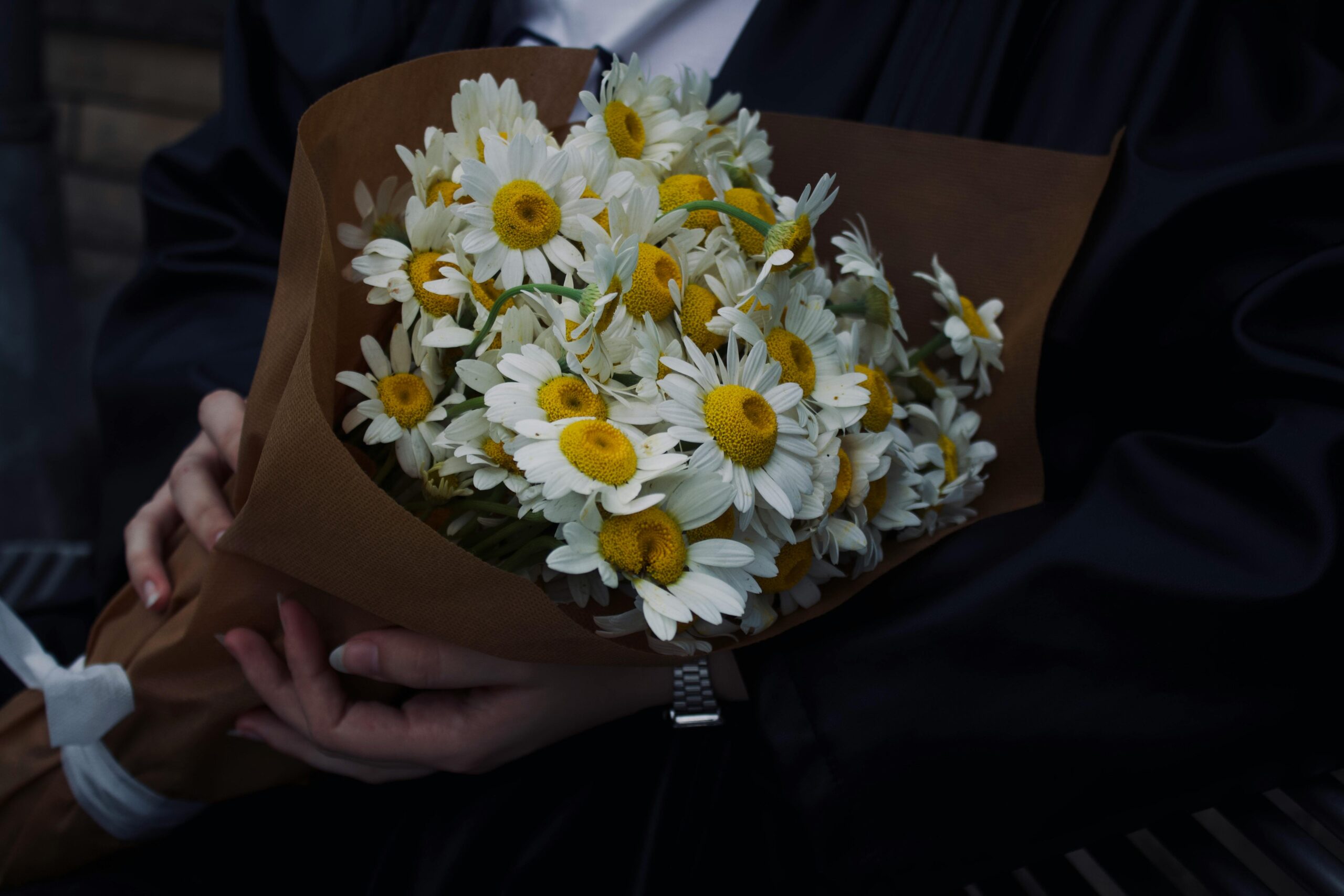🌈 Introduction: Flowers Belong to Everyone
For decades, flowers have been seen as gifts “for women.” But today, that perception is changing. As gender awareness and inclusivity grow, questions like “Who can receive flowers?” and “How should a bouquet be wrapped?” are at the heart of a quiet but powerful shift in the floral industry.
In the U.S., U.K., and across Europe, more florists and floral packaging suppliers are embracing gender-neutral design — allowing everyone to express emotion and share beauty freely, without labels or stereotypes.
🌿 1. Breaking Gender Labels Starts with Packaging
Traditional floral packaging often featured pink tones, frilly ribbons, or feminine prints. But today’s market values diversity in design. Gender-neutral packaging is gaining momentum, often characterized by:
-
Natural or muted colors like navy, beige, and olive green
-
Minimalist styles without excessive decoration
-
Neutral card messages like “For someone special” instead of “For her”
This shift makes bouquets suitable for a wider range of gifting moments — from friendship and gratitude to self-care and celebration — regardless of gender.
🎨 2. Neutral Aesthetics Are the New Standard
Today’s consumers — especially Millennials and Gen Z — prefer products that reflect individuality and cultural values. Gender-neutral packaging meets these needs by blending function with aesthetics.
Emerging design trends include:
These designs enhance brand sophistication while aligning with values like sustainability and inclusivity.
💼 3. Commercial Value: Reach More Customers, Build Deeper Loyalty
Breaking gender norms isn’t just a cultural decision — it’s also a smart business move. A growing number of customers are buying flowers for male recipients or for themselves, especially in non-romantic settings.
Trends in the market include:
-
Increasing demand for flowers as gifts for male birthdays, graduations, and promotions
-
The rise of self-gifting, especially among urban professionals
-
A shift in social media culture toward flowers as tools for self-expression
Florists who reflect these values in their packaging design are more likely to attract loyal, emotionally connected customers.
🛍️ 4. The Role of Suppliers: Empowering Inclusive Design
As a floral packaging supplier, understanding these cultural and design shifts is essential to helping your clients thrive.
Here’s how you can support them:
-
Offer paper wraps and bags in neutral tones and non-gendered textures
-
Support small batch customization for boutique florists
-
Add “Minimalist” or “Solid color” labels to your product listings and catalogs
By enabling your customers to tell more inclusive stories, you become more than a supplier — you become a partner in their brand success.
🌺 Conclusion: Packaging as a Bridge Between Beauty and Equality
Flowers are a universal language of emotion and connection. They shouldn’t be limited by gendered expectations or outdated design choices. With inclusive and thoughtfully designed packaging, the floral industry is evolving into a space that reflects freedom, creativity, and diversity.
Flowers have no gender. Beauty has no boundary.
Let your packaging carry not just blooms — but values worth sharing.

